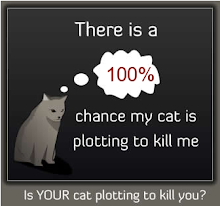A Sudanese child falters on the way to a feeding station, while a hungry vulture waits.
So, what, you may ask, does this have to do with GMOs? A very fair question, and one that we should all ask some of the GMO food manufacturers, like Monsanto and Novartis, as well.
One of the reasons originally outlined in the pursuit of GMOs, or genetically modified organisms, was to fight both hunger and disease. By making crops that would be stronger, more resilient under the challenging global climate conditions we face, especially in regions of increasing desertification, companies producing genetically modified crops heralded the fact that their crops would save lives and feed millions, often without the use of pesticides. Or what about genetically modified food stuffs into which one could build vaccines against malaria, TB, cholera, or other diseases that have traditionally wreaked havoc in the third world? Yes indeed, what of them?
As we discuss GMO foods in the coming weeks, bear in mind the goals and potential for benefits that are offered by these foods. You can also contemplate the risks of monopolies, with companies owning the seeds for the most fundamental components, especially the one common building block, for much of our diet here in the US. (It will come as no surprise to those who have read The Omnivore's Dilemma that the grain to which I refer is corn.) To be sure, there are other risks, but don't underestimate the risk of having one or two companies own all the crops that you eat, or that what you eat eats.
There are a lot of hungry people on this planet. In the balance between overpopulation and hunger there is much suffering. While I dream of giving every person a gluten-free meal, along with a nice serving of birth control if they're adults, the reality of balancing our human situation- hunger, disease and overpopulation- cannot be ignored. Even if you want to be indifferent, as a nice defense because it's so painful to think about, you really can't be. Just remember the leading reason that families sent their sons (and occasionally their daughters) to those anti-American, anti-Western madrasas run by the Taliban, perhaps funded by al Qaeda. The families were poor. If they sent their sons, those sons got food.
And now, before my own dinner of fresh caught snapper, I'm off to play Free Rice.
Betcha can't beat me. I'm on level 57. How about you?
























No comments:
Post a Comment